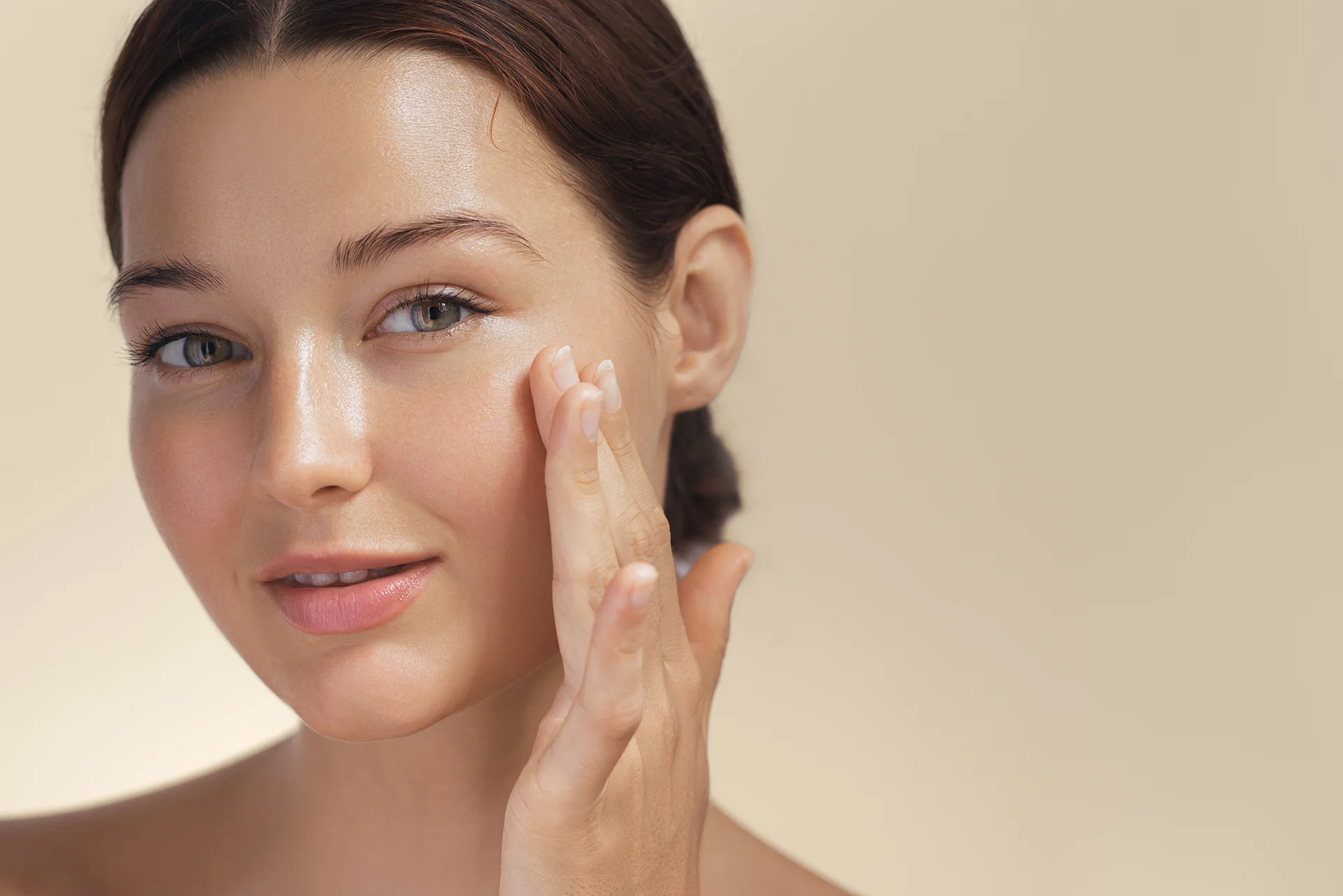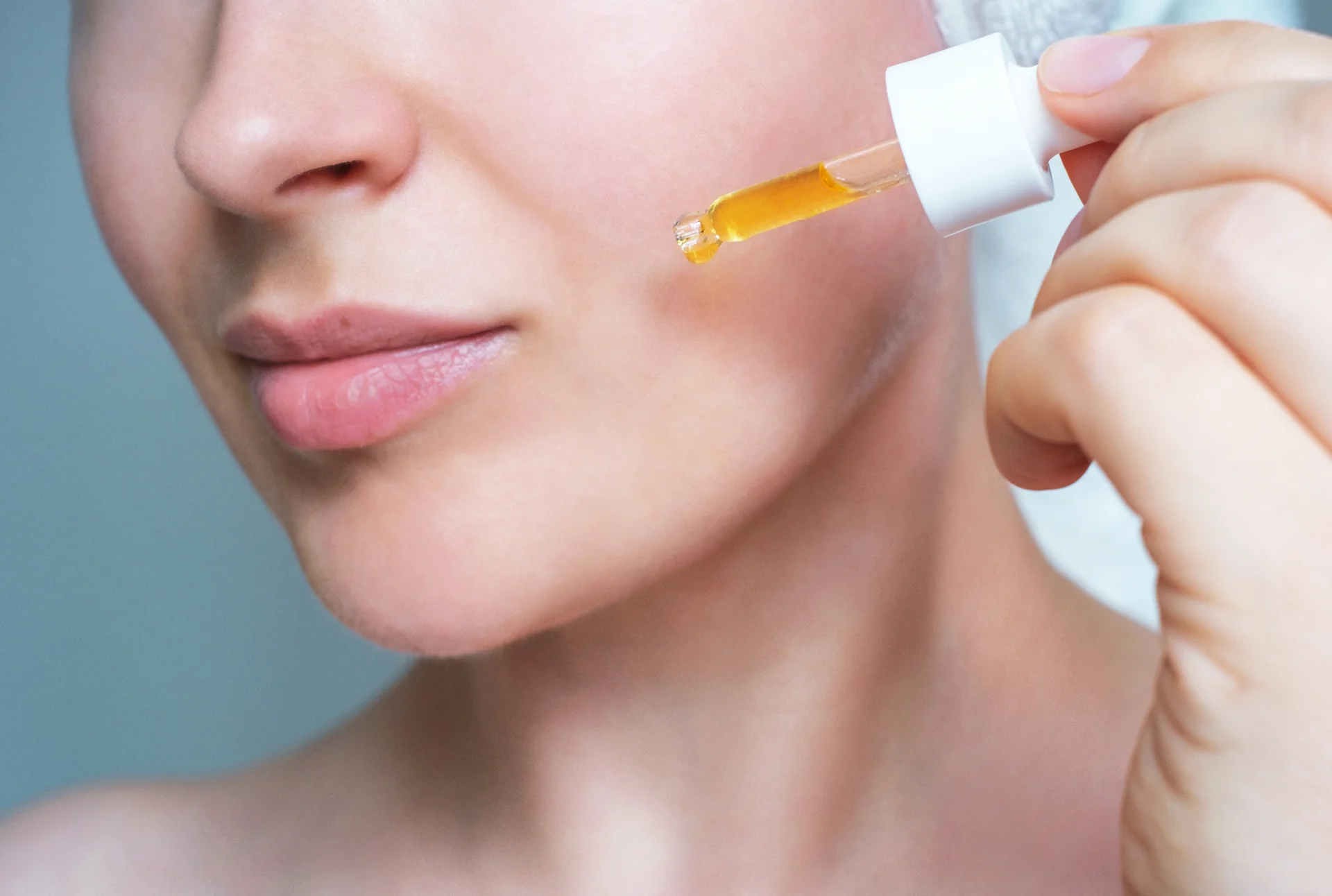Navigate the legal intricacies and state-specific regulations governing estheticians’ authority in dermaplaning procedures.

Dermaplaning can be performed by licensed estheticians, plastic surgeons, and dermatologists who have been trained to properly use a scalpel to exfoliate the top layer of dead skin cells and peach fuzz from the face.
Dermaplaning Procedure
Dermaplaning is a cosmetic procedure that involves gently scraping the top layer of dead skin cells and “peach fuzz” (very fine vellus hair) from the face using a scalpel.Some key points about dermaplaning include:
- It exfoliates the skin and removes dead skin cells to reveal fresher, brighter skin.
- It also removes fine “peach fuzz” facial hair that is normally not visible but can dull the complexion.
- Proponents claim it can reduce the appearance of fine lines, acne scarring, and other skin imperfections.
It is generally a low-risk, non-invasive procedure that is performed by an esthetician or dermatologist in their office.
Can Estheticians Do Dermaplaning?
Yes, estheticians can do dermaplaning. But licensing requirements may apply depending on your location.
In Texas, estheticians can perform dermaplaning as it is not a regulated procedure that requires a license. However, the scope of practice for estheticians can vary by state.
In states like California, estheticians are prohibited from performing dermaplaning.
It is recommended to check your specific state’s regulations on the scope of practice for estheticians, as what procedures they can perform, like dermaplaning, can differ between states.
Qualifications and Training Required for Dermaplaning

An esthetician’s license is required to legally perform dermaplaning. Most dermaplaning courses require students to already have a valid esthetician’s license.
The minimum training requirement to obtain an esthetician’s license is 1500 hours of beauty, medical, or cosmetology school.
Many dermaplaning training courses and certifications require completion of online/theory training prior to attending hands-on practical training.
Dermaplaning training courses typically take 1-3 days of in-person instruction to become certified.
Both online/virtual and in-person dermaplaning certification courses are available from various providers.
Certification courses cover dermaplaning techniques, proper use of dermaplaning tools/blades, and how to perform a full dermaplaning facial treatment.
Legal and Regulatory Aspects of Dermaplaning
Dermaplaning is considered a form of hair removal and exfoliation. The regulatory aspects of dermaplaning vary by state:
- In California, dermaplaning is within the scope of practice for both estheticians and cosmetologists as of January 1, 2022.
- In Virginia, dermaplaning is typically performed by a licensed aesthetician. The booklet on Virginia regulations also does not mention dermaplaning.
- In Nevada, dermaplaning is defined by law as “the use of a blade with a handle to remove dead skin cells and vellus hairs from the face.”
- In North Carolina, dermaplaning does not fall within the statutory definition of “cosmetology”.
Estheticians in some states have complained about proposed rules that would prevent them from performing procedures like dermaplaning.
To legally offer dermaplaning treatments professionally, practitioners generally must obtain certification or licensing confirming proficiency in the procedure. The tools and blades used also vary by regulations.
In summary, the legal and regulatory aspects of dermaplaning depend on state laws and rules governing estheticians and cosmetologists.
Potential Legal Risks of Unlicensed Dermaplaning

These are potential legal risks of performing dermaplaning without a license:
Civil and criminal liability for the unauthorized practice of medicine. Dermaplaning involves exfoliating the top layer of dead skin which could be considered a medical procedure requiring a license.
Infections, breakouts, sensitivity, redness and other side effects if not performed properly by a licensed provider. This could result in medical malpractice lawsuits.
Contraindications such as inflamed acne lesions, skin cancer, cold sores, uncontrolled diabetes, dermatitis and open skin lesions that require a licensed provider’s assessment and care. Improperly performing dermaplaning on such conditions could result in harm to the client.
Previous court cases have established precedents of litigation from facial procedures like dermabrasion and chemical peels when performed by unlicensed individuals, resulting in unattractive consequences.
State boards that regulate cosmetology and esthetics have discussed dermaplaning and identified the potential to draw blood and other risks if done improperly, indicating it may require licensure.
Risks of cuts, pain, infection, scarring and changes in skin pigmentation are possible from at-home dermaplaning without proper training, sterilization and aftercare by a licensed professional. This could lead to medical malpractice claims.
Fines and citations have been issued for performing services like dermaplaning without a license. Legal representation may be needed to address such cases.
State regulations establish requirements for licensure, sterilization, training and other standards to reduce health risks when performing medical/aesthetic procedures. Dermaplaning without meeting such standards could enable civil and criminal penalties.
Safety Considerations for Estheticians Performing Dermaplaning
There are several safety considerations for estheticians performing dermaplaning:
Proper training and skills are essential
Dermaplaning requires practice and technique to navigate the facial contours and apply the appropriate pressure levels. Estheticians should undergo necessary training before performing dermaplaning.
Use of proper equipment and technique
Estheticians must learn the correct technique, such as proper grip, when using dermaplaning tools. Sharps handling also requires caution.
Client screening and communication
Estheticians should thoroughly explain potential risks to clients and ensure clients disclose any allergies. Dermaplaning may not be suitable for some clients.
Avoidance of harsh products after treatment
Clients should avoid harsh cleansers, toners or exfoliants, and apply soothing moisturizer and sunscreen daily after dermaplaning to prevent irritation.
No strenuous activity for 24 hours
Clients are advised to avoid working out or other strenuous activities for at least 24 hours post-dermaplaning to allow the skin to heal.
When performed correctly by trained professionals, dermaplaning is considered safe with minimal risks. However, estheticians must prioritize client safety during all treatments.
Tools and Techniques Used in Dermaplaning
Some of the main tools and techniques used in dermaplaning include:
- Sterile scalpel blade – A sterile, single-use scalpel blade is used to gently scrape off the top layer of dry, dead skin cells. This helps reveal smoother, fresher skin.
- Sliding motion – The scalpel is held at a 30 degree angle and moved in a downward sliding motion against the grain of hair growth across the face. This helps lift off vellus hair and dead skin cells
- Light pressure – Only light pressure is applied to avoid irritating the skin. Too much pressure can lead to micro-abrasions, redness or swelling.
- Exfoliation – By removing the outer layer of dead skin cells, dermaplaning helps improve the appearance of skin texture, tone, and clarity. It also helps products like serums and moisturizers absorb better.
- Vellus hair removal – In the process, it also removes fine, short, barely-visible “peach fuzz” hairs called vellus hair to create a temporary hair removal effect that lasts 2-4 weeks.
Finding a Qualified Esthetician for Dermaplaning

Dermaplaning should only be performed by a licensed medical professional like an esthetician or dermatologist who has been properly trained.







